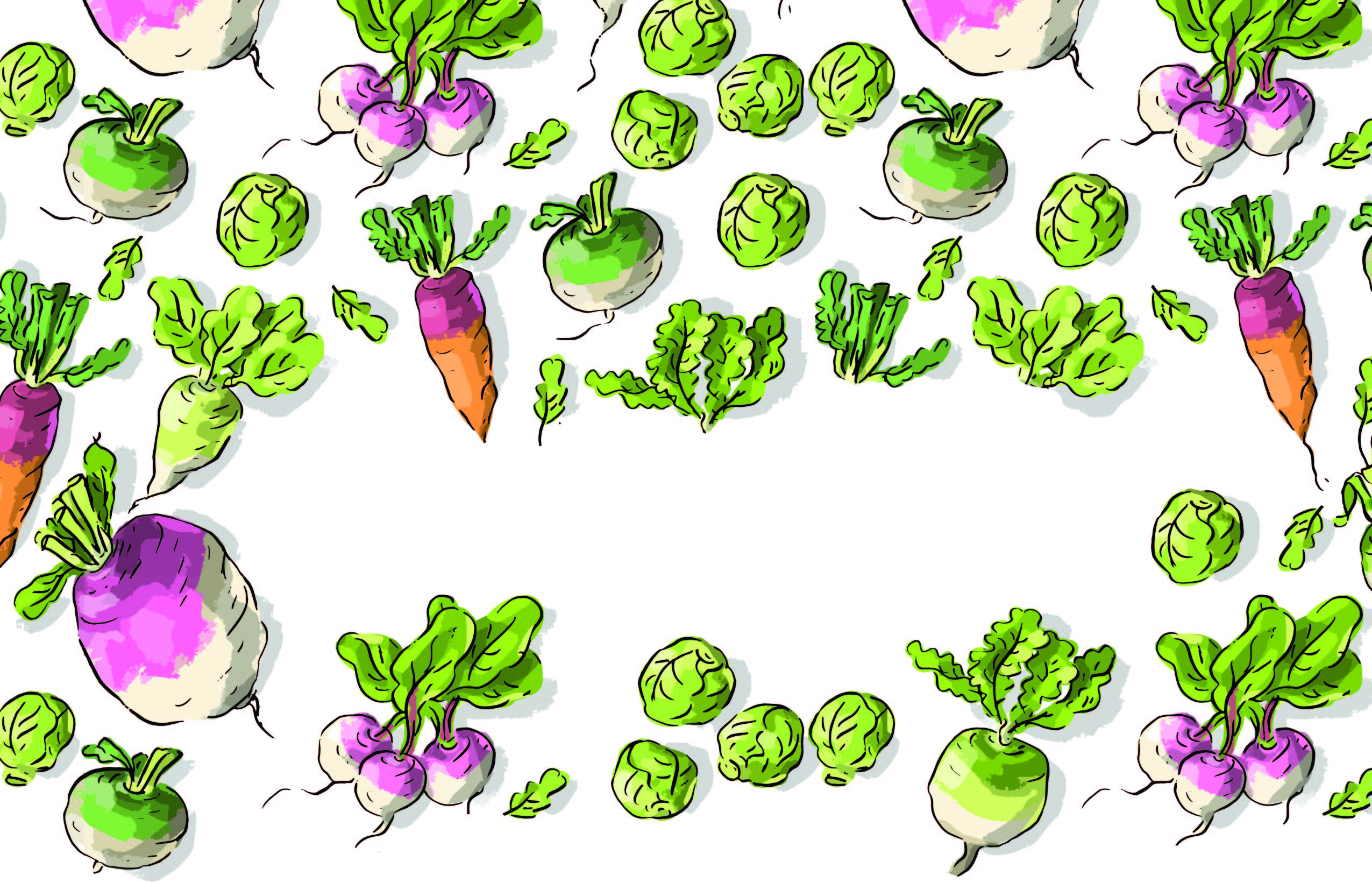by Katherine Allen
As many of us will not have had the summers we planned for this year, it seems a little hard to be thinking about the winter. But one of the best things about the colder seasons is that they allow us to feast on steaming bowls of soup, chill-blasting casseroles and warming stews. Vegetables are essential to these comforting dishes. And they might be easier to grow than you think! Here is a selection of some hardy vegetables that you can still pick in the winter to make the freshest of winter dishes.
Parsnips: A root vegetable that improves in sweetness and flavor during cold winter frosts. For best results, plant between March and May when the soil temperature is between 54 to 70 degrees Fahrenheit. Space the seeds 6 inches (approx.15 cm) apart in rows 12 inches (approx. 30 cm) apart. High yielding and resilient varieties include “Archer” and “Palace” while organic gardeners might find “Albion” is better suited to organic growing. Curried parsnip soup and honey roast parsnips are both foodie favorites!
Brussels sprouts: A roast dinner is not complete without this nutty flavored vegetable. It is probably best to start them off in a cold frame 6 inches (15 cm) apart before transplanting them into the ground in mid-May to early June at 30 inches (75 cm) intervals. They will need watering in dry weather, but the “Diablo” and “Revenge” varieties tolerate poor soils. Late season Brussels taste better after being frosted before harvesting!
Carrots: Reach optimum sweetness in fall and winter. They are drought resistant, so do not need a lot of watering unless there is a dry spell. The best varieties for late picking should be sown in early July. Try the “Autumn King” variety.
Kale: A leafy nutritious green that prefers colder weather—it can even survive the snow! Seedlings should be sown around 3 inches (7-8 cm) apart from March to June and then transplanted into soil when 5 or 6 leaves have developed, at intervals of 18 inches (45 cm). Leaves can be removed from the top from October.
Turnips: An excellent vegetable for bulking out stews. They should be thinly sown in August or September and can be harvested from mid-October onwards. The variety “Golden Ball” has succulent flesh.
Swede: Otherwise known as a Swedish turnip. Fabulous mashed with butter and pepper! Best sown between early May and mid-June for harvesting in November/December. They can be sown as plugs, and plants should be placed around 10 inches and (approx. 25 cm) apart. The soil must be kept moist and weed-free, and before the cold weather starts, it is a good idea to cover them in straw. Particularly resilient varieties include “Angela” and “Marian”.
Radishes: Although you might associate radishes with summer salads, some hardy varieties can survive freezing temperatures. Winter varieties should be sown 9 inches (23 cm) apart in July or August. The soil will need to be kept moist. They can be harvested as required before the ground freezes. Recommended winter varieties are “Daikon”, “Watermelon” and “Spanish Black”.
Happy harvesting!








Leave A Comment